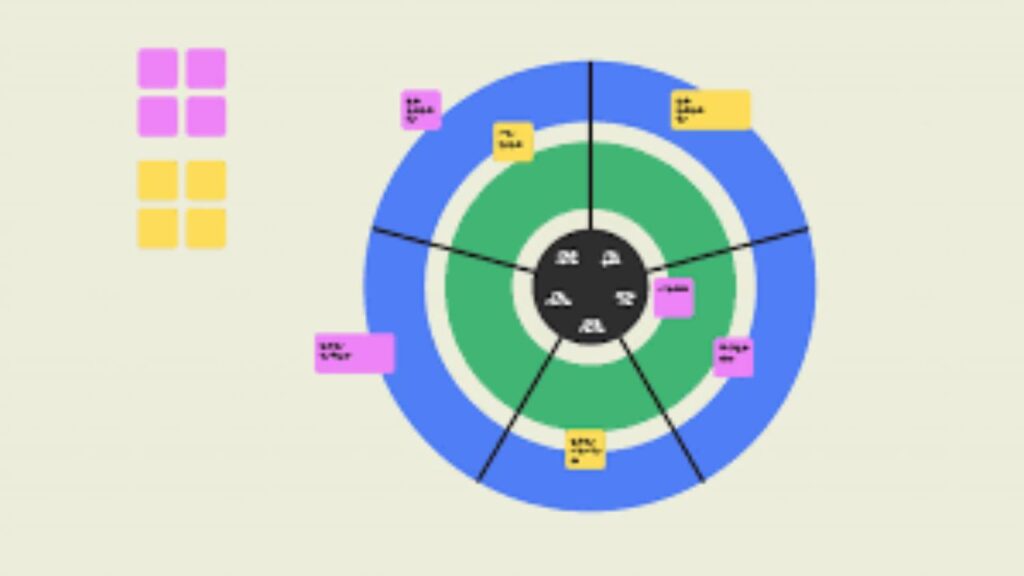Table of Contents
ToggleHow To Do Content Research in 9 Steps
How To Do Content Research in 9 Steps. Content research is the main part of content creation. When we go to Google and see or read other people’s content, we get inspired by it and create our own content. This is called content research. It sounds very easy but it is not that easy.
Sometimes it takes 2 to 3 days to do content research. In this blog, we will know about content research in detail. Stay with us till the end.
What Is Content Research?
Content research is the process of gathering information, ideas, and inspiration to create high-quality, relevant, and engaging content for your audience. It involves identifying the topics that your target audience is interested in, understanding the best formats and channels for delivery, and finding data and insights that can make your content valuable and credible.
Content Research is a process in which popular & relevant content ideas are found through online tools & platforms (Google, YouTube, Facebook, Quora, Reddit, etc.) which are liked by your target audience.

How To Do Content Research in 9 Steps?
Content research is essential for creating valuable, engaging, and relevant content that resonates with your audience. Content research is very important. You should know for whom your content is for, whether it is for children, for youngsters or for the elderly, for men or for women.
You have to do content research for all these things so that you can reach the right audience and everyone likes your content.
Read More -: 9 Best Way Content Marketing Is Important.
1. Define Your Audience
Defining your audience is the foundational step in content research, ensuring that your content resonates with those it aims to reach. Begin by creating detailed buyer personas, which are semi-fictional representations of your ideal customers.
These personas should include demographic information (age, gender, location, income, education), psychographic details (interests, values, lifestyle), and behavioral insights (purchasing habits, brand loyalty, online behavior).
Use tools like Google Analytics to gather data on your current audience, examining metrics such as age, gender, geographic location, and interests.
Social media insights from platforms like Facebook, Twitter, and Instagram can provide additional information about your followers’ demographics and engagement patterns. Conducting surveys, interviews, and polls directly with your audience can offer deeper qualitative insights into their preferences, pain points, and motivations.
Understanding your audience in this comprehensive manner allows you to tailor your content to address their specific needs, answer their questions, and provide solutions to their problems, ultimately making your content more effective and engaging.

2. Set Clear Goals
Setting clear goals is crucial for guiding your content strategy and measuring its success. Start by defining what you want to achieve with your content. Your goals should align with your overall business objectives and could include increasing website traffic, generating leads, boosting brand awareness, enhancing customer engagement, or establishing your company as a thought leader in your industry.
Ensure that your goals are SMART: Specific, Measurable, Achievable, Relevant, and Time-bound. For example, instead of a vague goal like “increase blog traffic,” a SMART goal would be “increase blog traffic by 20% in six months.” Specific goals provide a clear direction, measurable goals allow you to track progress, achievable goals ensure they are realistic, relevant goals align with your business objectives, and time-bound goals set a deadline for achieving them.

3. Conduct Competitor Analysis
Conducting a thorough competitor analysis is essential to understanding the content landscape within your industry and identifying opportunities to differentiate your content. Begin by identifying your main competitors, both direct and indirect.
Direct competitors offer similar products or services, while indirect competitors cater to the same audience with different offerings. Analyze your competitors’ content strategies by looking at the topics they cover, the formats they use (such as blog posts, videos, infographics, podcasts), and their content distribution channels (like social media platforms, email newsletters, YouTube).
Pay attention to their posting frequency and engagement metrics, such as likes, shares, comments, and backlinks, to gauge which types of content resonate most with their audience. Use tools like Ahrefs, SEMrush, and BuzzSumo to gather data on your competitors’ top-performing content.
These tools can help you identify high-traffic keywords, popular topics, and content gaps that you can exploit. Additionally, analyze the strengths, weaknesses, opportunities, and threats (SWOT analysis) of your competitors’ content to uncover areas where you can offer unique value or improve upon their approach.

4. Perform Keyword Research
Keyword research is a critical step in content research, helping you understand what terms and phrases your audience is searching for and how to optimize your content for search engines.
Start by identifying broad topics related to your industry and then use keyword research tools like Google Keyword Planner, Ahrefs, SEMrush, or Moz to discover relevant keywords and phrases.
Begin with seed keywords, which are basic terms that describe your products, services, or industry. Enter these seed keywords into your chosen tool to generate a list of related keywords, including long-tail keywords, which are longer and more specific phrases that often have lower competition and higher conversion rates.
Read Also -: How To Increase Your Business By Chatbot In 2024

5. Understand Content Types and Format
Understanding the various content types and formats is essential for creating content that engages your audience and meets their needs.
Different audiences prefer different types of content, so it’s important to diversify your content strategy to include a mix of formats. Common content types include blog posts, articles, videos, infographics, podcasts, eBooks, case studies, whitepapers, and social media posts.
While researching content formats, you have to see which format people are liking more or are engaging with. Are they liking social media posts, are they liking reels, are they engaging more on shorts & videos, or are they liking textual content more?
For this, you can look at your competitors or ask questions to Google Bard according to your target audience and business model.

6. Gather Reliable Sources and Data
Gathering reliable sources and data is crucial for creating credible, informative, and authoritative content. Start by identifying trustworthy sources that can provide accurate and up-to-date information. These can include industry reports, academic journals, government publications, reputable news organizations, and expert opinions.
Primary research, such as conducting your own surveys, interviews, and experiments, can offer unique insights and original data that add value to your content.
Secondary research involves collecting and analyzing existing data from established sources. Use databases like PubMed for scientific studies, Statista for statistical data, and Google Scholar for academic papers.
When gathering data, ensure the sources are current and relevant to your topic. Outdated information can undermine the credibility of your content. Cross-reference multiple sources to verify the accuracy of the data and avoid relying on a single source, which might be biased or incorrect.

7. Create an Outline
Creating an outline is a crucial step in organizing your content and ensuring it flows logically and coherently. Start by defining the main objective of your content. What key message or value do you want to deliver to your audience? With this objective in mind, break your content into major sections or headings that will structure your piece.
Begin with an engaging introduction that captures your audience’s attention and clearly states what the content will cover. This sets expectations and draws readers in. Follow with the main body, divided into several sections or subheadings.
Each section should cover a specific aspect of the topic, presenting information in a logical order that builds upon the previous sections. Use bullet points to list key points, data, or arguments you plan to discuss under each subheading. This helps ensure you cover all necessary information and provides a clear roadmap for writing.

8. Monitor Trends and Stay Updated
Monitoring trends and staying updated is essential for keeping your content relevant, timely, and engaging. Start by setting up Google Alerts for key terms and phrases related to your industry. This will notify you of new content and developments as they happen.
Use social listening tools like Hootsuite, Brandwatch, or Mention to track conversations and trends on social media platforms. These tools can help you understand what topics are currently popular and what your audience is talking about.
Regularly visit industry news sites, blogs, and forums to stay informed about the latest happenings and trends in your field. Subscribing to newsletters from industry leaders and organizations can also provide valuable insights and updates.

9. Evaluate and Adjust Your Strategy
Evaluating and adjusting your content strategy is crucial for ensuring that your efforts are effective and aligned with your goals. Start by regularly reviewing your content performance against key performance indicators (KPIs) such as website traffic, engagement metrics, conversion rates, and social media metrics.
Analyze which pieces of content are performing well and which ones are underperforming. Gather feedback from your audience through comments, surveys, and social media interactions to understand what they find valuable and what they would like to see more of.
This qualitative data can provide insights into your audience’s preferences and help you refine your content strategy accordingly.

Conclusion
In this blog, we learned about content research in detail and also why content research is so important. Content Research is not limited to Google only, but it also takes the help of Google and Other Online Content Research Tools. I hope you have got the Content Research Definition clear through today’s blog and understood what is Content Research and how to do Content Research.
By effectively implementing Content Research, you can improve your Digital Marketing Strategy. To understand the strategy of content research, we must understand Digital Marketing. If you also want to learn digital marketing in more detail then join my community, this Rozy Community is like a family, here we learn digital marketing and also earn money by implementing it in our lives.
Click on the button below to join my free webinar.
